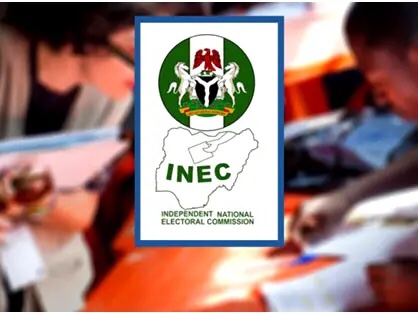More facts have emerged about the failure of the Independent National Electoral Commission to upload the results of the February 25 presidential and National Assembly elections on its portal.
It was gathered that a code error from the server application frustrated the upload process.
However, desperate efforts to address the glitch by INEC’s team of Information Technology experts failed.
The development sparked nationwide anger and allegations of rigging and electoral manipulation against the electoral body by political parties and many Nigerians.
Checks by our correspondent on Saturday revealed that results from 168,711 out of the 176,846 polling units had so far been uploaded on the INEC portal, representing 95 per cent of the results.
Sunday PUNCH reports that a day after the election, INEC uploaded 41,649 polling results or less than 30 per cent of the results to its viewing portal.
This triggered a protest from some party agents, who staged a walkout from the National Collation Centre in Abuja on February 27, while accusing INEC of rigging the polls in favour of a party.
They also alleged that the commission did not comply with the Electoral Act.
Various interest groups also slammed INEC for failing to upload the results to its portal prior to the collation.
A week after the election, INEC uploaded 159,509 polling units’ results, representing 90 per cent of results from all the polling units.
Similarly, the commission uploaded 168,711 polling units’ results two weeks after the polls.
Following the declaration of the All Progressives Congress flag bearer, Bola Tinubu, as the President-elect, the Labour Party presidential candidate, Peter Obi, rejected the result and vowed to challenge it in court.
Obi and the candidate of the Peoples Democratic Party, Atiku Abubakar, subsequently dragged INEC before the Court of Appeal sitting in Abuja.
But providing an insight into the glitch that frustrated INEC’s plan to upload the result, a top official of the commission attributed it to a code error that originated from the server application.
Speaking on condition of anonymity due to the sensitivity of the issue, the source said, “The technical glitch that hampered the transmission of the presidential result was a code error that kept crashing the server, which kept prompting a HTTP 500 error. This sort of error originated from within the application.”
Our correspondent gathered that the electoral body had addressed the technical issue and also put in place a backup system.
It was learnt that the commission had also dispatched its tech teams to reconfigure the Bimodal Voter Accreditation System ahead of the March 18 governorship and state assembly elections.
The appellate court had granted INEC leave to reconfigure the over 176,000 BVAS machine that will be used for the March 18 polls.
Speaking on the issue, an official said, “INEC has commenced the reconfiguration of the BVAS nationwide. The RATechs (Registration Area Technical Support) deployed to support the BVAS during the February 25 election are the ones reconfiguring the devices.
“INEC has sufficient skilled staff members to handle the reconfiguration. Yes, the technical issue has been resolved and there is a backup plan in place to forestall reoccurrence.”


